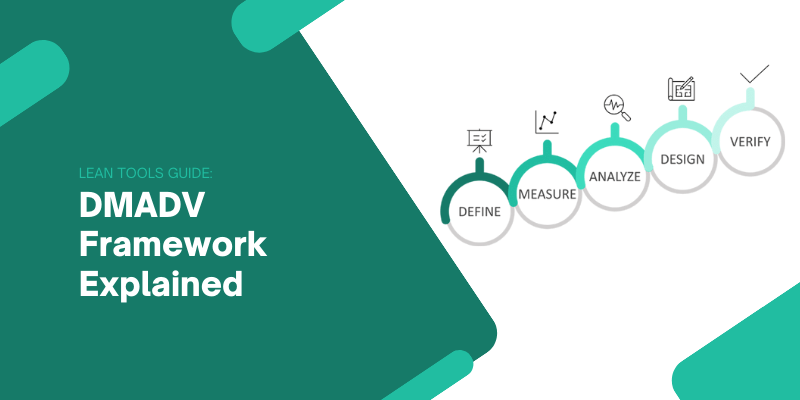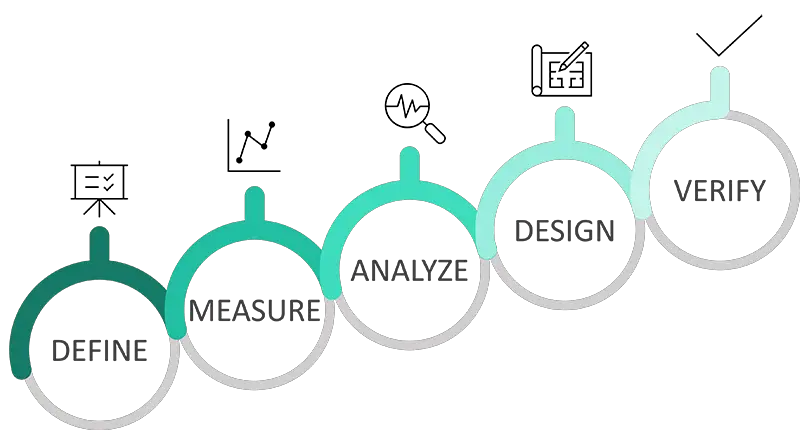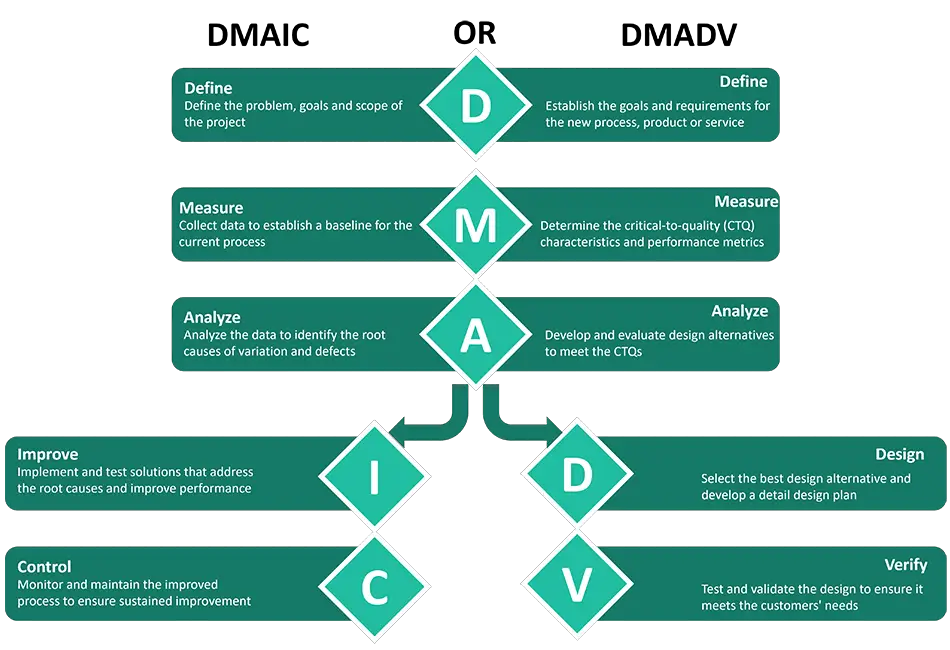
Guide: DMADV
Author: Daniel Croft
Daniel Croft is an experienced continuous improvement manager with a Lean Six Sigma Black Belt and a Bachelor's degree in Business Management. With more than ten years of experience applying his skills across various industries, Daniel specializes in optimizing processes and improving efficiency. His approach combines practical experience with a deep understanding of business fundamentals to drive meaningful change.
×




 The Scope: Clearly delineating the boundaries of the project, what will and won’t be included.
The Scope: Clearly delineating the boundaries of the project, what will and won’t be included.
 Exploring Options: Identifying various ways to meet the specifications and customer requirements. This often involves
Exploring Options: Identifying various ways to meet the specifications and customer requirements. This often involves  Detailed Planning: Developing a detailed plan for the selected design. This includes outlining the resources, time, and steps needed.
Detailed Planning: Developing a detailed plan for the selected design. This includes outlining the resources, time, and steps needed.

